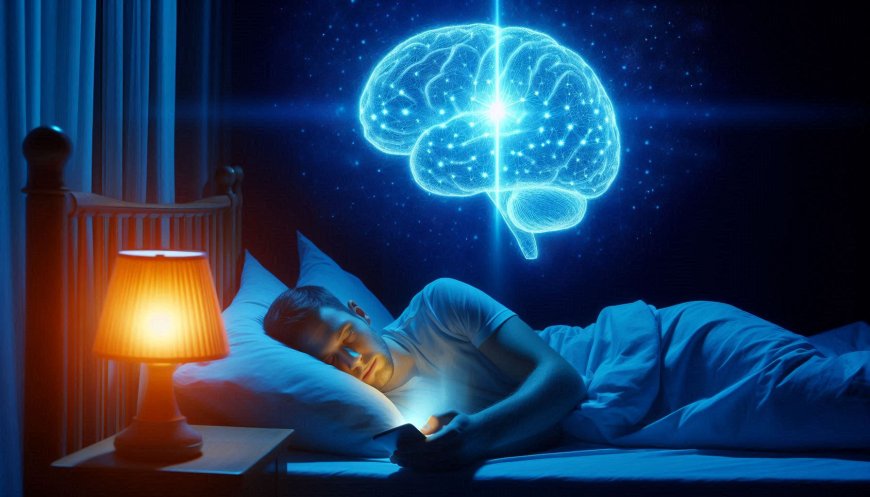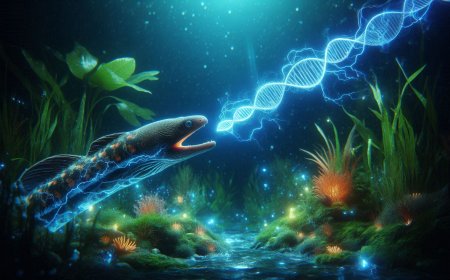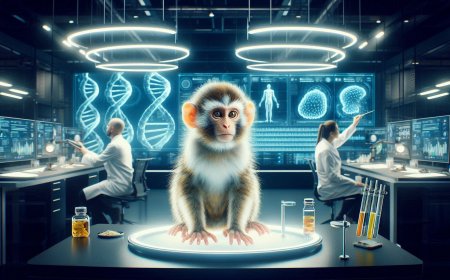How New Blue Light Research Could Help You Sleep Better
Discover how new research on blue light can help improve your sleep by reducing exposure to screens and promoting healthier nighttime habits. Learn how blue light affects sleep patterns and what you can do to sleep better.

We all know how important sleep is for our well-being, yet so many of us struggle with it. Surprisingly, one of the biggest culprits may be the very devices we use every day—our phones, tablets, and laptops. The blue light emitted by these gadgets is known to mess with our sleep by disrupting melatonin production, the hormone responsible for regulating our internal body clock. However, scientists have now discovered that not all blue light is equal, and they’ve developed innovative lighting solutions that could transform how we rest.
The Hidden Impact of Blue Light on Sleep
Blue light, particularly the wavelengths between 460 and 500 nanometers (nm), has a direct impact on our ability to produce melatonin, making it harder to fall asleep at night. This type of light, emitted by LED bulbs and screens, tricks our brains into thinking it’s still daytime, delaying the natural wind-down process our bodies need to enter sleep mode.
But there’s good news. Scientists have recently made major strides in understanding which specific wavelengths of blue light are most disruptive and have created new “human-centric” LEDs designed to work with our natural rhythms instead of against them.
A Smarter Approach to Lighting
Researchers have developed two different types of blue light LEDs—one for daytime and one for nighttime. The daytime LED emits blue light close to 475 nm, which can help keep us alert and focused during the day. The evening version emits light at a wavelength of around 450 nm, just outside the range known to disrupt melatonin, meaning it won’t interfere with our sleep cycle as much as traditional lighting.
To test these new bulbs, scientists conducted a fascinating experiment. They set up a room with no windows and equipped it with the innovative LEDs. Over three days, volunteers stayed in this environment, exposed to either the new bulbs or conventional LEDs. By analyzing saliva samples, the researchers were able to measure changes in melatonin levels and found dramatic differences: nighttime melatonin levels were 12.2% higher with the new bulbs, while daytime melatonin was reduced by 21.9%. These shifts suggest the new LEDs could promote better alertness during the day and improve relaxation and sleep quality at night.
Lighting the Way to Better Sleep
These findings could revolutionize the way we think about indoor lighting. As we spend more time indoors, particularly with the rise of remote work and digital entertainment, artificial lighting plays a bigger role in our lives than ever before. By aligning our lighting with our body’s natural circadian rhythms, we could see improvements in our sleep, mood, and even productivity.
Imagine homes, offices, and schools outfitted with lighting that changes throughout the day to match our biological needs. This technology could even extend to the screens on our devices, giving us the benefits of bright, stimulating light during the day, and calming, sleep-friendly light in the evening.
In a world where sleep problems are becoming more common, these human-centric LEDs might just be the key to helping us find balance in the digital age. Whether you’re winding down after a long day or looking to improve your focus during the morning, the future of blue light could be bright—without costing us precious hours of rest.
What's Your Reaction?








































































































